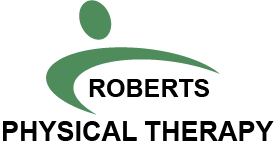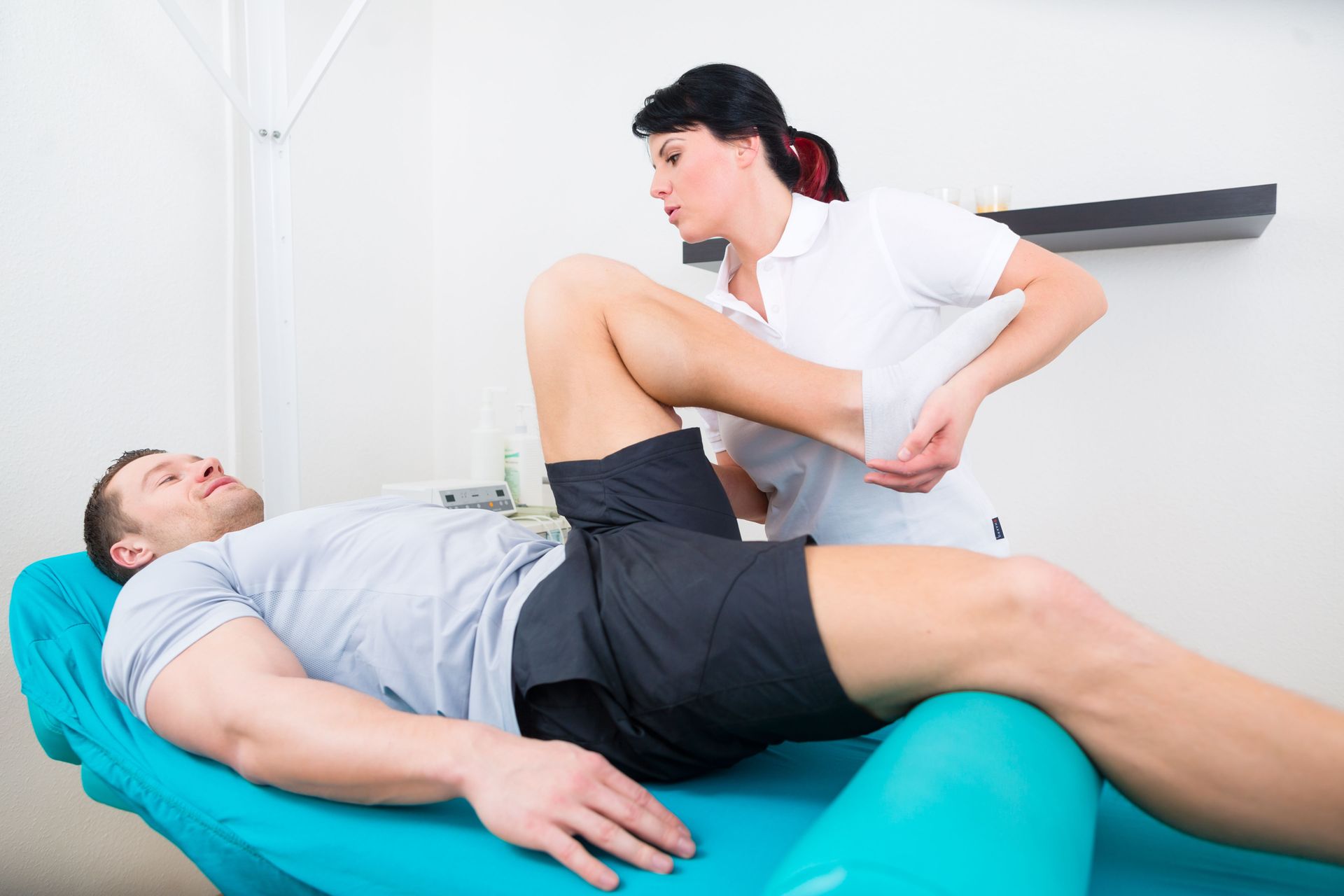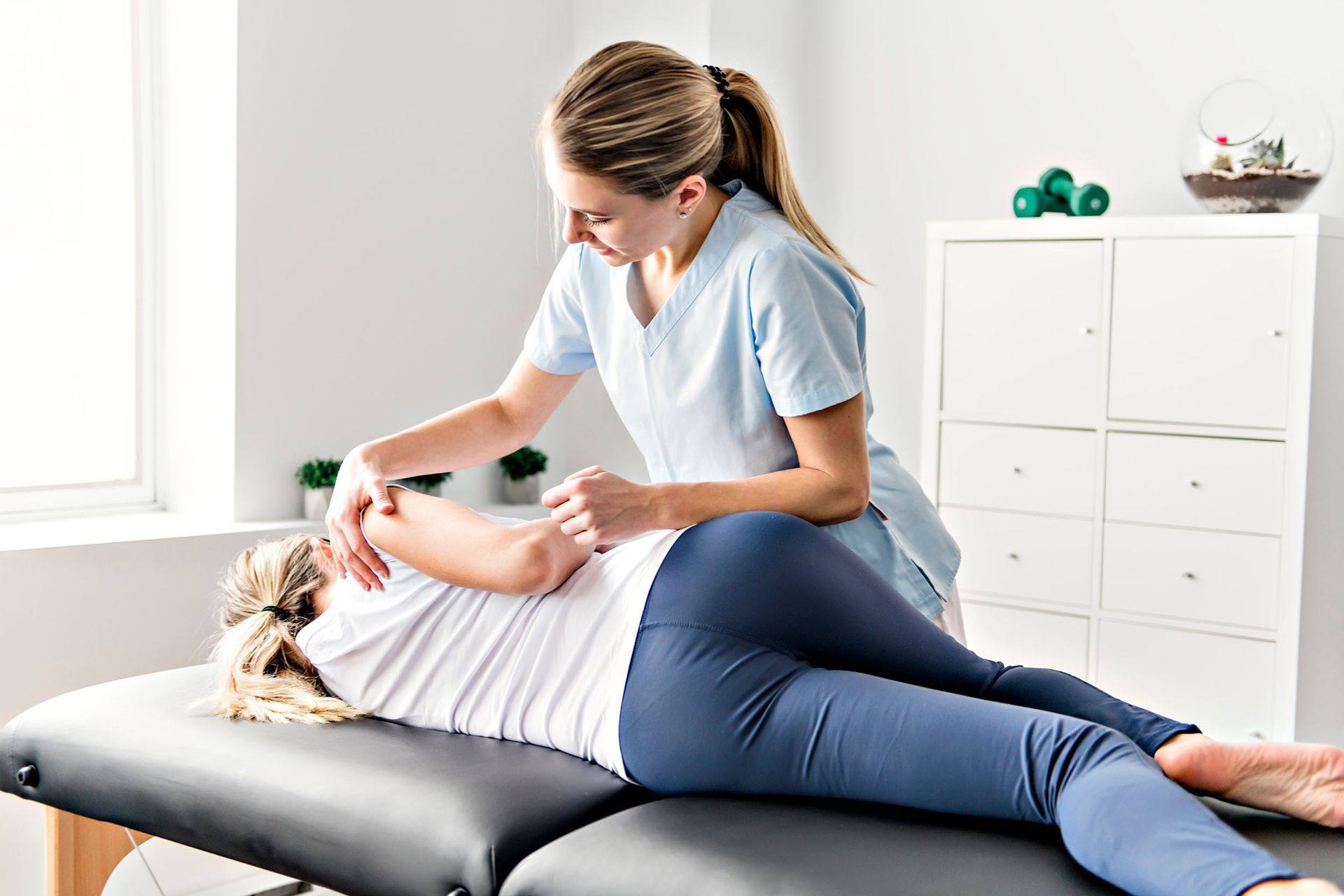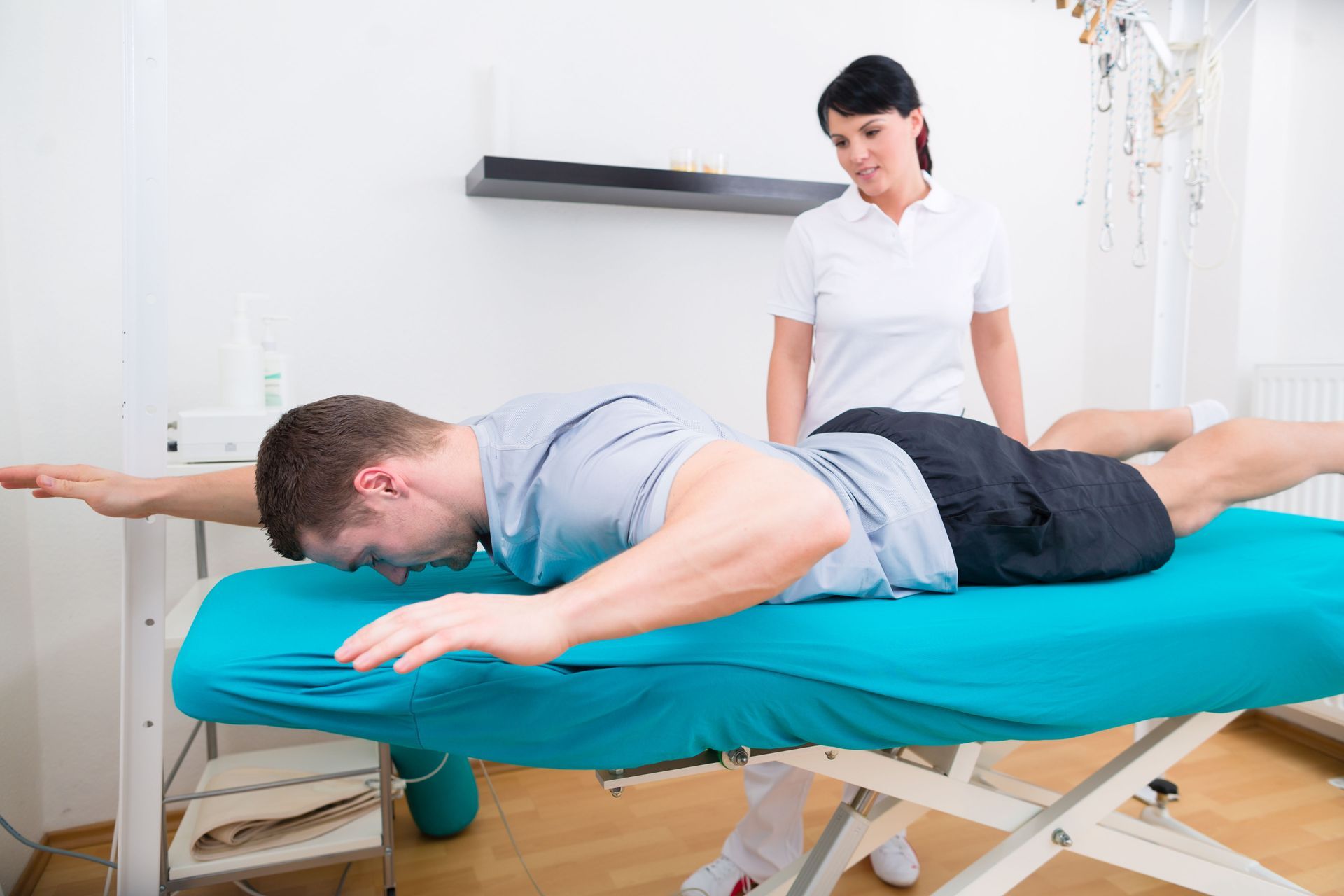What’s on my Calendar? Warm Up
Pineries Running Lab
Mini Blog Series #1

The warm up serves to prepare your body for the work that follows this session. Typical warm up sessions will be short in duration and low intensity. They may include drills that get you up and moving, walking, or running. At the physiological level, the warm up primes the nervous system, increases soft tissue temperature/blood flow, reduces stiffness or soreness, and readies the cardiovascular system for the work ahead. If your coach knows your specific needs, they can assign a warm up that better fits you.
What constitutes a warm up to us at Pineries Running Lab? We recommend you follow a few guidelines to ensure your warm up is effective. First, dynamic movement is better than static stretching to achieve the effects stated earlier. Second, the warm up should be completed no longer than 10 minutes prior to the start of the working session, or you may lose the benefits of the warm up (Gutierrez-Coronado et al., 2022). Third, you should tailor your warm up routine to your specific needs. This means paying attention to your body before and during your session. Are there specific areas that feel like they take a while to acclimate to the exercise compared to others? If so, try spending a little more on that muscle group. If everything feels like it takes a long time to get up to speed, you may need to extend the length of your warmup. Open and honest communication will get you to this level!
We should also discern the difference between a dynamic movement and a static movement. A dynamic movement involves activating the muscles as well as moving the joints they control through a range of motion. A static stretch is just putting a muscle on stretch and holding it there. To keep it simple, dynamic means movement, while static means still. There are endless examples of dynamic movements you can use. A common routine will involve small movements before large movements, such as calf raises before skips. Also, it may place activity-specific movements (i.e., jogging) at the end of the warm up.
You are likely to see this as part of your routine most days of the week. Just because your calendar may not have a warm up required for that day, you can always feel free to precede your session with some warming up at your discretion.
Thanks for following along. Please feel free to reach out to us with any questions, comments, or concerns. Happy running!
References
Gutierrez-Coronado J, López-Bueno L, Cardero-Durán M de, et al. The clinical benefits of a dynamic vs. static component as part of a comprehensive warm-up for recreational sports players with clinical histories of hamstring injuries: A randomized clinical trial. International Journal of Environmental Research and Public Health. 2022;20(1):744. doi:10.3390/ijerph20010744







Share On: